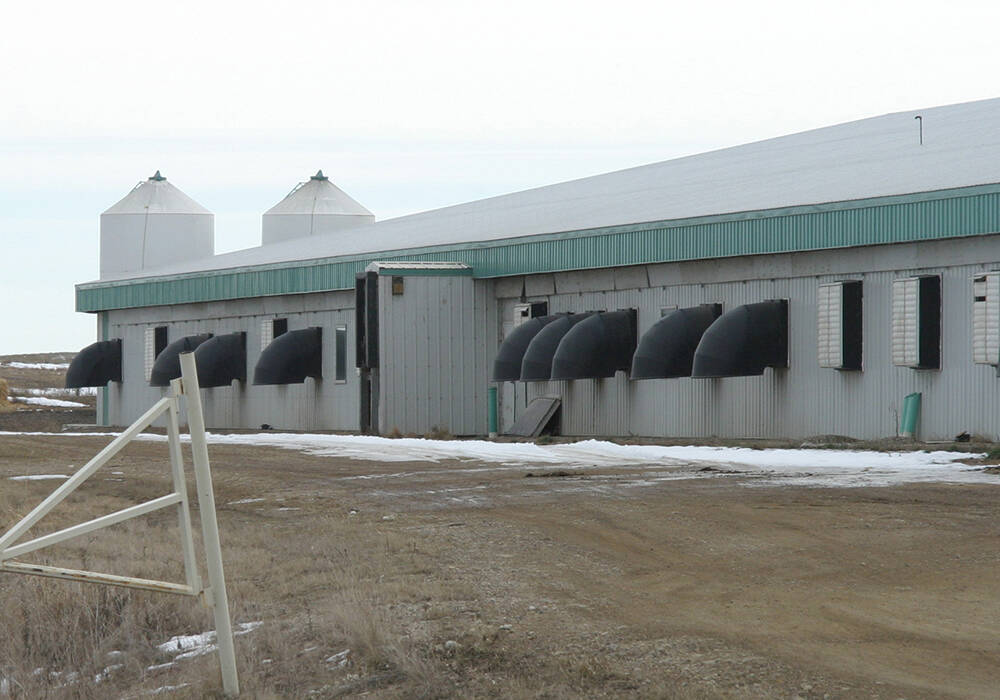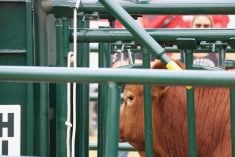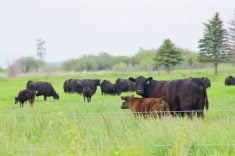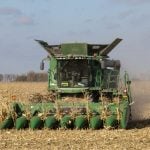Bitterly cold temperatures across the province during the week ended Jan. 25 may have kept some people at home from the auction yards, but business went on as usual and volumes were relatively steady from the previous week.
The same can’t be said from a pricing standpoint, as feeder prices were generally lower on most classes of cattle.
Heartland Livestock Services at Virden was the busiest location during the week, as a pre-sort sale boosted the numbers.
“Some guys are moving cattle because they’ll need the pens for calving within the next couple of weeks,” said Robin Hill at Virden. Other movement, he said, was just normal activity for this time of year.
Read Also

Get the best air in your hog barn
Farmers who pay more attention to ventilation, humidity, air pressure and temperature in the hog barn can get pigs gaining weight faster and keep them comfortable
Demand was coming from all directions, with cattle moving west, east and also to the south, said Hill. “The U.S. is starting to get more in our market as the prices soften somewhat,” he added.
A weaker Canadian dollar contributed to the interest from the U.S., but the general softening of cattle prices was the largest influence bringing the U.S. orders back in. The Canadian dollar declined sharply during the week, dropping to its lowest levels in six months as the Bank of Canada downgraded its expectations for the country’s economy.
Rising feed costs are causing cattle prices to move lower, with the largest losses on the lighter-weight cattle. “The feed costs are just catching up to everybody,” said Hill. Animals 800 pounds and up were more attractive than those that still need to put on weight.
The lighter animals lost about three to four cents per pound on average during the week, while those with more meat already on their bones only saw values decline by one or two cents, said Hill.
On the butcher side, prices were steady to a little firmer on the week. “The demand is there for the hamburger,” said Hill, accounting for the strength in the butcher market. Volumes of butcher animals should start to slow down in February, he said, which would keep values well supported.
Bred cow season is starting up and will become a larger factor at the auction yards over the next few weeks, said Hill. He was uncertain how the market would turn out for the bred cows, but noted the feed shortage in western Manitoba would likely weigh on values.
The arctic temperatures experienced during the week meant cattle were eating more in order to stay warm and keep their energy. A return to more moderate weather conditions would be welcomed at this stage of the winter, especially as feed supplies get tight.















